


Scientists have engineered a groundbreaking cancer treatment that uses bacteria to smuggle viruses directly into tumors, bypassing the immune system and delivering a powerful one-two punch...



Chinese scientists uncovered a powerful energy source for deep Earth microbes: hydrogen and oxidants generated by rock fracturing during earthquakes. The process may also suggest how...
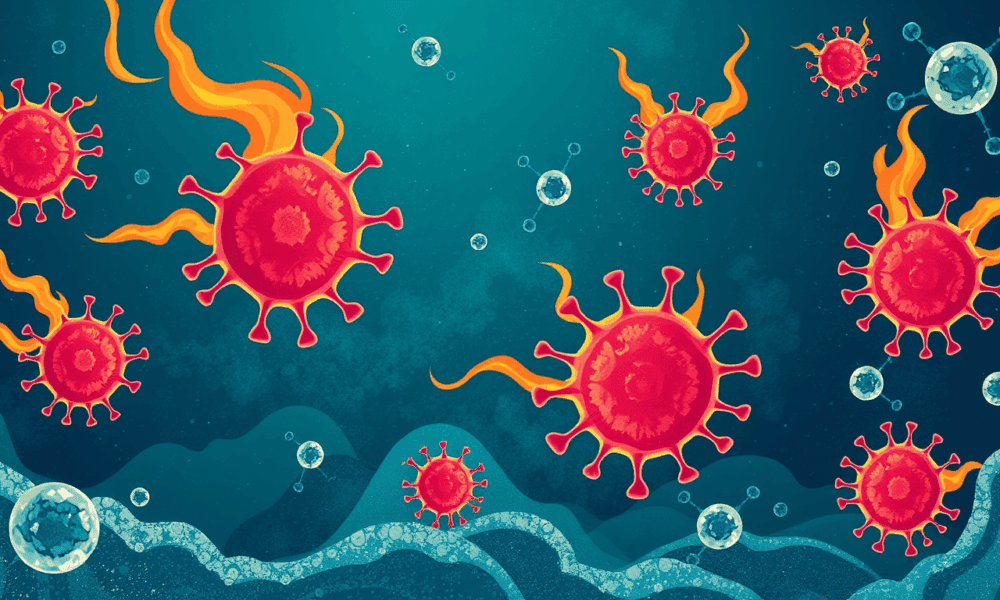
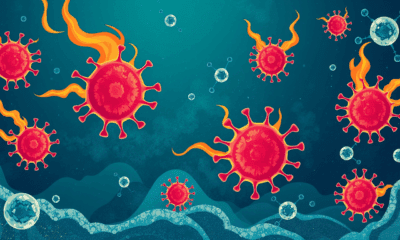

Scientists have discovered a sugar compound from deep-sea bacteria that can destroy cancer cells in a dramatic way. This natural substance, produced by microbes living in...
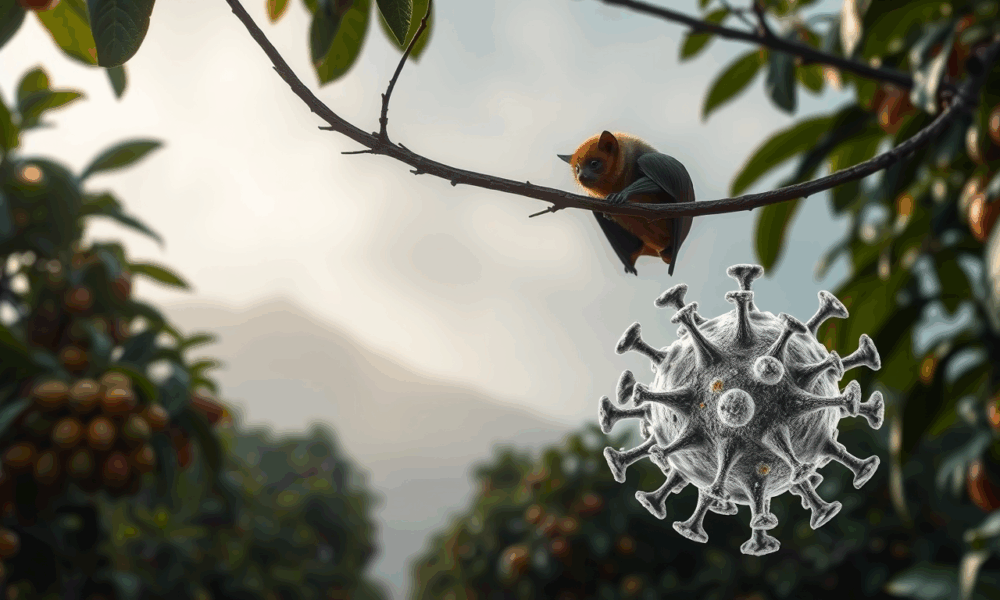
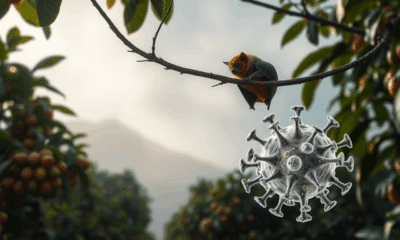

Two newly discovered viruses lurking in bats are dangerously similar to Nipah and Hendra, both of which have caused deadly outbreaks in humans. Found in fruit...



Lichen from the Mojave Desert has stunned scientists by surviving months of lethal UVC radiation, suggesting life could exist on distant planets orbiting volatile stars. The...



Researchers investigating the enigmatic and antibiotic-resistant Pandoraea bacteria have uncovered a surprising twist: these pathogens don't just pose risks they also produce powerful natural compounds. By...
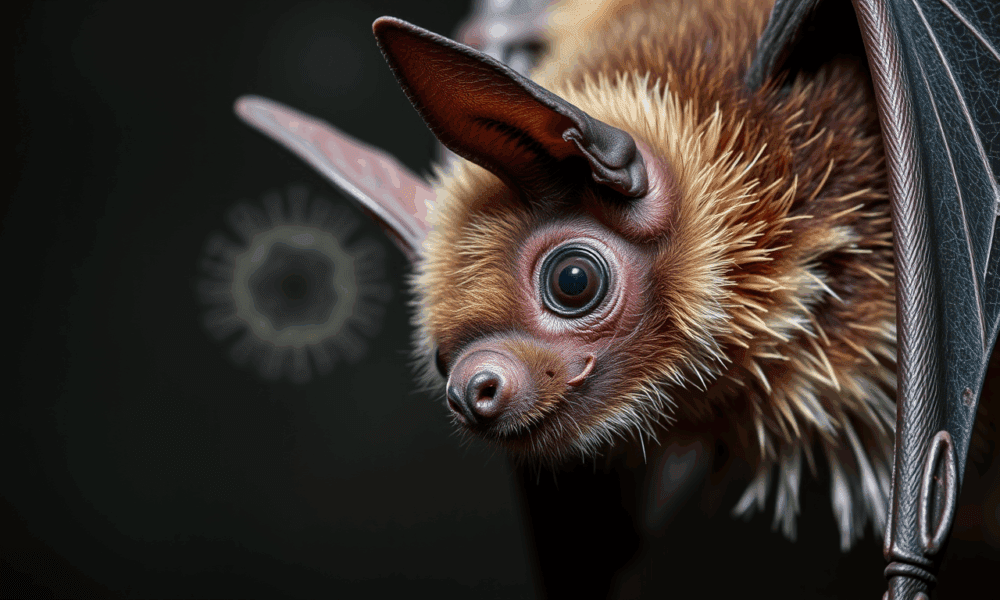
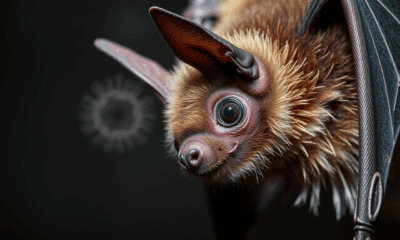

Viruses closely related to the deadly MERS coronavirus are lurking in bats and one group, known as HKU5, may be just one mutation away from making...



Reef "beauty salons" staffed by tiny cleaner fish aren t just for parasite removal they may also shape the microbial life of the entire ecosystem. A...



In a paper published in National Science Review, a Chinese team of scientists highlights the discovery of well-preserved blue-stain fungal hyphae within a Jurassic fossil wood...



Scientists have uncovered over 200 new giant viruses lurking in ocean waters that not only help shape marine ecosystems but also manipulate photosynthesis in algae. These...